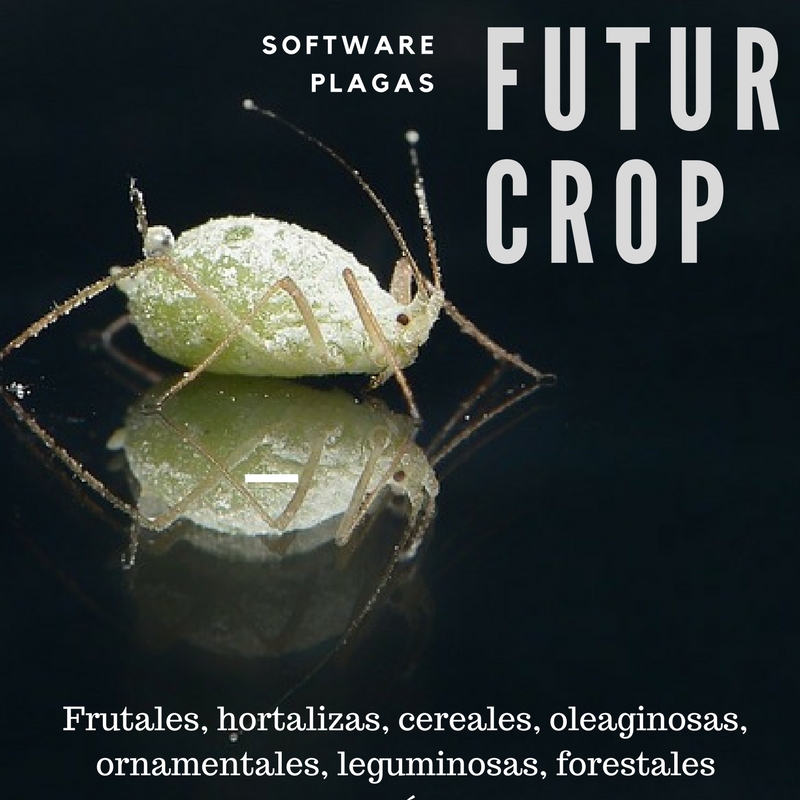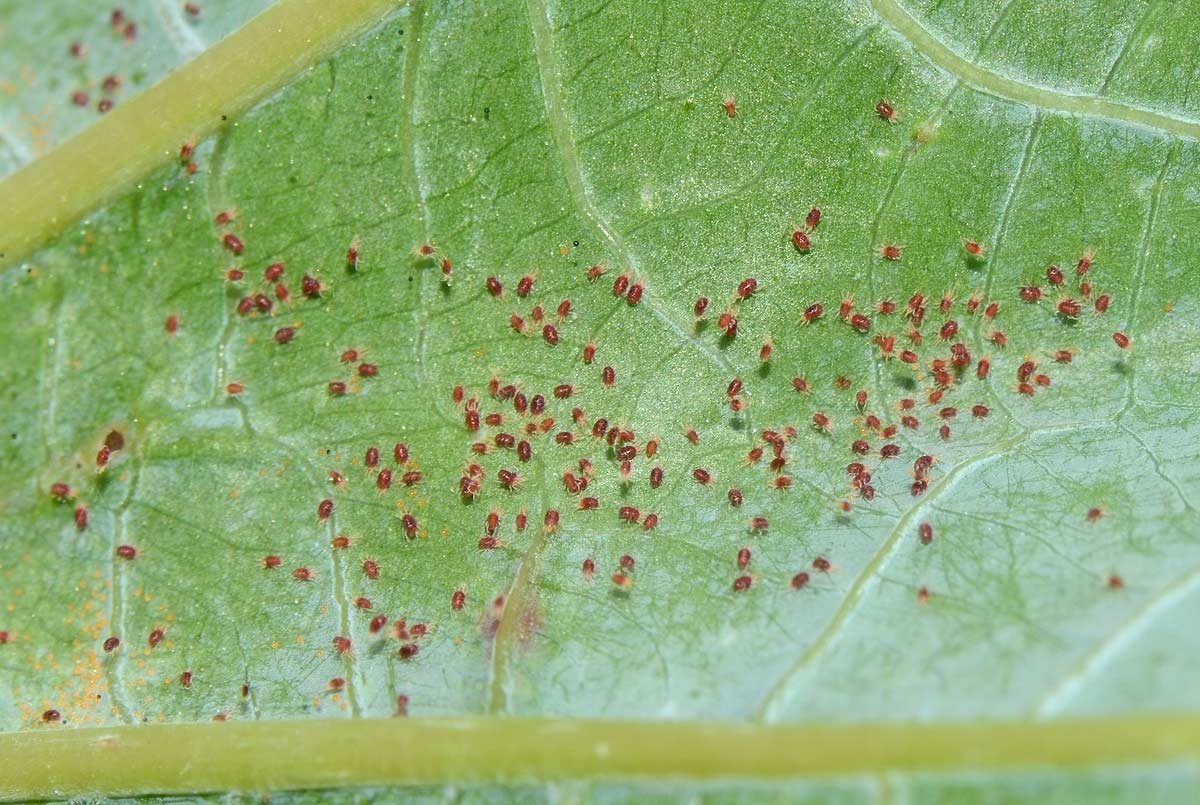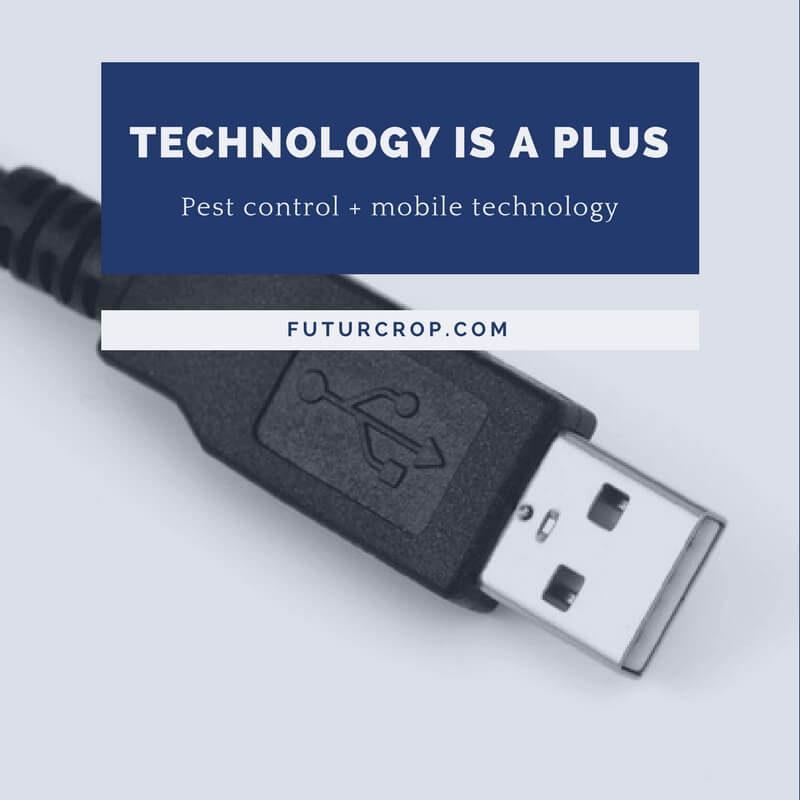Blog

Optimized treatment of aphids using FuturCrop
Futurcrop - 04-07-2017
Aphids are one of the most common pests that afect crops, with the greatest economic impact, and which act most quickly. The 4,000 identified specied of aphids cause direct damage to the aerial parts of the plant, but they can also be vectors of phytopathogenic viruses. They attack garden, orchard and cereals. Some 500 species of aphids are harmful to crops and gardens. And more than 200 species are capable of transmitting viruses.
FuturCrop is a software that controls the development conditions for the following species: Aphis fabae, Aphis gossypii, Myzus persicae, Macrosiphum avenae, Rhopalosiphum maidis, Diuraphis noxia.
FuturCrop is decisive for the early detection of the pest, and its effective treatment. As diagnosing the problem early can help minimize the consequences, the software automatically sends infestation risk alarms.
Aphids feed on the sap of plants, which have a lot of sugar and few proteins. Therefore, aphids must consume a lot of sap to satisfy their protein needs. The excess of sugar makes them excrete large quantities of a kind of molasses that attracts ants, which protect, transport and care for aphids.
The survival strategies that aphids have developed make its control difficult:
During autumn females and winged males mate and lay eggs that hibernate until the following spring. From these eggs females are born that reproduce by parthenogenesis (basically, clones of adults). A female can carry inside it...
Read more

Effective control of the red spider mite
Futurcrop - 23-02-2017
The red spider mite, Tetranychus urticae, is an acari that can affect almost any plant. It feeds on tissue and sap. And, as many producers know, it is capable of ending a crop in a very short time, for several reasons:
It has a short life cycle, with 5 states
High reproductive rate.
The normal proportion of females and males in a standard population is 3: 1.
Reproduction is usually sexual, but parthenogenetic reproduction can also occur.
It is a mite is very polyphagous, which has a high detoxification capacity and also a high adaptation.
FuturCrop is a software with which you can receive notices of risk infestation and biological development of the red spider mite and other 179 pests that affects to crops.
It will notify you of the moment in which it is convenient to carry out monitoring, because the program has calculated that the probability of development of the pest is high.
The software will help you to make the application of the treatment knowing the state of development of the population of the red spider mite. In this way you can make the choice of the most appropriate product: ovicides, larvicides, adulticides.
With FuturCrop you can plan the application at the moment of greater proportion of sensitive forms to the treatment.
The most used method for its control is the use of agrochemicals. However, its excessive and indiscriminate use has caused current populations with resistance to more than 92 acaricide-active substances. For this reason, treatments with aca...
Read more

The dynamics of the thrips population
Futurcrop - 04-01-2017
The dynamics of the thrips population can become uncontrollable, depending on factors such as temperature, reproductive capacity, variable number of generations, etc. A high percentage of treatments are carried out late, when the situation already has a difficult solution. To carry out an effective control it is necessary to have the ability to predict the moments of development of the pests. Because that way monitoring and treatments are efficient.
FuturCrop is a new software that does is worldwide. Try it free for 2 months and let the program control automatically the development of the pests that can damage your crops. You´ll receive warnings in your email. With effective treatments you will save costs.
Read more

Climate Change and Pest Control
Futurcrop - 11-11-2016
Increasing temperatures and high concentrations of carbon dioxide associated with climate change will have a substantial impact on the interactions between plants and pests, on integrated pest management (IPM) programs and on movements of pest species. A substantial increase in outbreaks of pests is expected, due to their rapid development in response to rising temperatures. Climate-induced changes present challenges for sustainable agricultural programs based on integrated pest management (IPM).
If world food production has to keep up with the growth of demand, we need new ways to produce, an adaptation of the programs in the IPM to the new challenges and the improvement of response times to new outbreaks of pests.
Rising of temperatures
Temperatures in most regions of the world are increasing, and there are already indications that pests and plants are responding to this change. These temperatures are not only the result of the hottest summer days, but also to a total less cold days and less frost in the northern areas. This can favor the development of fungi and pests in new areas, altering the interaction of the triangle of the disease (host - pathogen - environment), and therefore major problems in pest control and a general reductions in crop production.
Following these changes there are some challenges that must be planned:
The expansion of pests. As, in general, pests are moving to the north.
The appearance of pests...
Read more

FuturCrop improves the monitoring of pests and the effectiveness of treatments
Futurcrop - 02-11-2016
The United Nations Food and Agriculture Organization (FAO) estimates that global agricultural production loses approximately 40% due to pests and diseases. The economic value of these losses was in 2016 approximately USD 40,000,000,000. Controlling these losses can not depend exclusively on the application of chemical insecticides, whose agricultural expenditure amounted to USD 59,000,000 in the same year. The agriculture of the future will be conditioned by sustainability, producing more and better, without increasing the resources of land and water and, above all, minimizing its environmental impact, obtaining food with a minimum of chemical residues in food.
Agriculture needs new technological developments that facilitate decision-making in the consumption of agricultural inputs. Currently, the needs of water or fertilizers are being controlled by sensors. But there were no new technologies that would provide adequate information to optimize an Integrated Pest Management.
FuturCrop is a software that has been developed to optimize sampling times and reduce the necessary treatments (both phytosanitary and biological) to the necessary and efficient.
Farmers need to visit the field to check and control the condition of the crops and carry out sampling. FuturCrop informs about the appropriate moments to carry out samplings in the crops, because it sends alerts of the change in the biological development of the pests. In this way the moment of appeara...
Read more

Technology in the management of agricultural, forestry and ornamental pests
Admin Futurcrop - 10-10-2016
Since the 70s of the last century there has been an emphasis on the need for rational use of phytosanitary products by producers and the eradication of repeated treatments by calendar. The appearance of computer science in the 80s allowed the development of the first phenological models applied to the management of pests. At present, with the development of new technologies applied to the agrarian world, applications are being developed that model the phenological development of crops, pests and potential. These advances provide a new source of information in agricultural pest management decision making.
Futurcrop has been born with the intention of putting at the service of the agricultural producer, located in any part of the world, automatically and without installation of climatological stations nor sensors, the phenological models of development of 173 pests that cause economic damage to crops. Based on the location of the crops, it assigns a reference climate station and provides forecasts of the biological evolution of pests 10 days in advance. The calculations made indicate the evolution of the life cycles of the selected species, allowing producers and technicians to guide the sampling according to the pests development, while generating information on the moments of risk, in order to establish the appropriate phytosanitary meassures at the right moment.
The system also records catches, levels of damage and phytosanitary treatments carri...
Read more